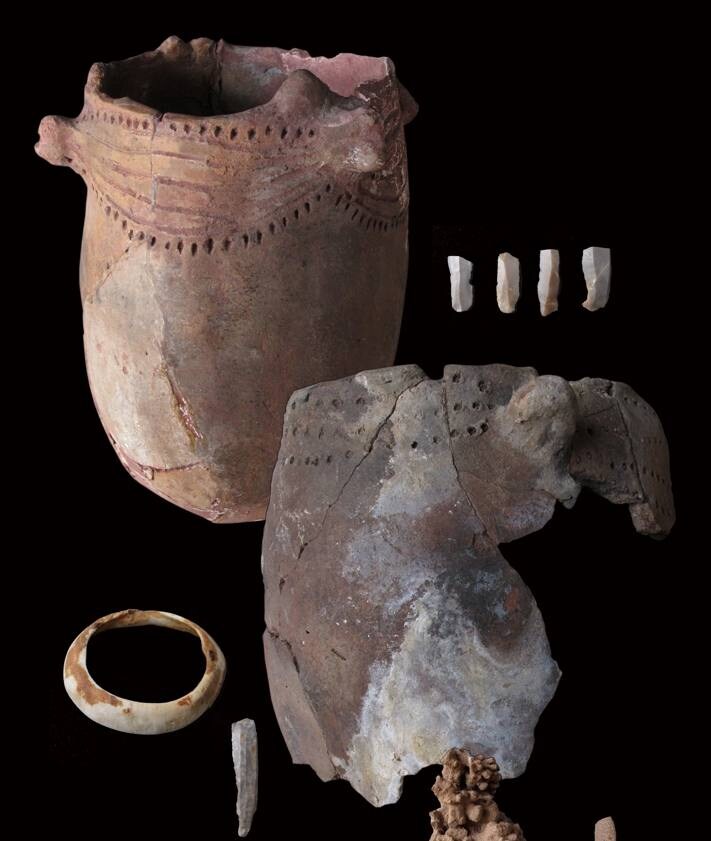This is the Marbella cave hiding Palaeolithic paintings
Cueva de Pecho Redondo was discovered by a local hunter in the 1950s and was declared an Asset of Cultural Interest in Andalucía in 1985
Andrea Jiménez
Marbella
Wednesday, 11 October 2023, 20:29
On the southwest slope of Marbella’s Cerro de la Torrecilla near the Virgen del Carmen cemetery, sits Cueva de Pecho Redondo - a small natural cave discovered in the mid-1950s by a local hunter which hides a series of Palaeolithic paintings.
According to archaeologist Pedro Cantalejo the fact that the paintings do not show any animal representation meant that for many years researchers were unable to date them as the technology to do so did not exist. Now however the cave is included in the international First Art project, meaning that the paintings will be analysed and the cave will be included in the European scientific research circuit.
The cave, which is closed to the public, is also known as Cueva de la Torrecilla and at the time of its discovery the hunter also found a human skeleton and a number of other objects including the remains of a necklace and bracelets. According to Javier Soto, president of Cilniana, the association for the defence and protection of the historical heritage of the Costa del Sol, which is responsible for the site, the hunter handed the objects over to Marbella town hall.
Fingertips and palms
In 1985, the Pecho Redondo cave was declared an Asset of Cultural Interest in Andalucía and started to be included in publications that claimed the paintings were among the oldest graphic manifestations in Malaga province.
Cantalejo highlighted that the first Homo sapiens painted the images more than 25,000 years ago and they appear on a series of panels on speleothems (stalactites and stalagmites). They were made "with abundant red pigment and applied with the fingertips".
In addition to the images created using fingertips there are also larger marks which “suggest the use of the palm of the hand”, due to their round shape. At the back of the second gallery there is a small column with a row of vertical marks and on the ceilings there are small red marks that could also be cave paintings, but have not been so well preserved according to Cantalejo.



Much later, during the Neolithic period around 7,000 to 4,500 years ago, the cave was used as a burial site which the human remains and burial objects found by the hunter have been linked to. According to Soto a coin dating from the 12th century also suggests that the cave was used during Spain's Islamic period.
